Abu Dhabi: The iconic Louvre Abu Dhabi on Saadiyat Island has unveiled a fresh wave of rare global loans and acquisitions, offering visitors a renewed journey through time and culture. Once a year, the museum rotates its artworks, introducing audiences to new stories, personalities, and perspectives. This summer’s rotation celebrates creativity from both the ancient world and the modern era, featuring highlights such as a Roman youth’s bust and a captivating portrait from the Philippines.
Each rotation is carefully curated with the aim of connecting with the museum’s diverse, multicultural audience. “It’s important for us that all our visitors find their works. We are telling the history of all of humanity, so each and every one of us should find themselves in the museum,” shared Fakhira Al Kindi, senior assistant curator at Louvre Abu Dhabi.
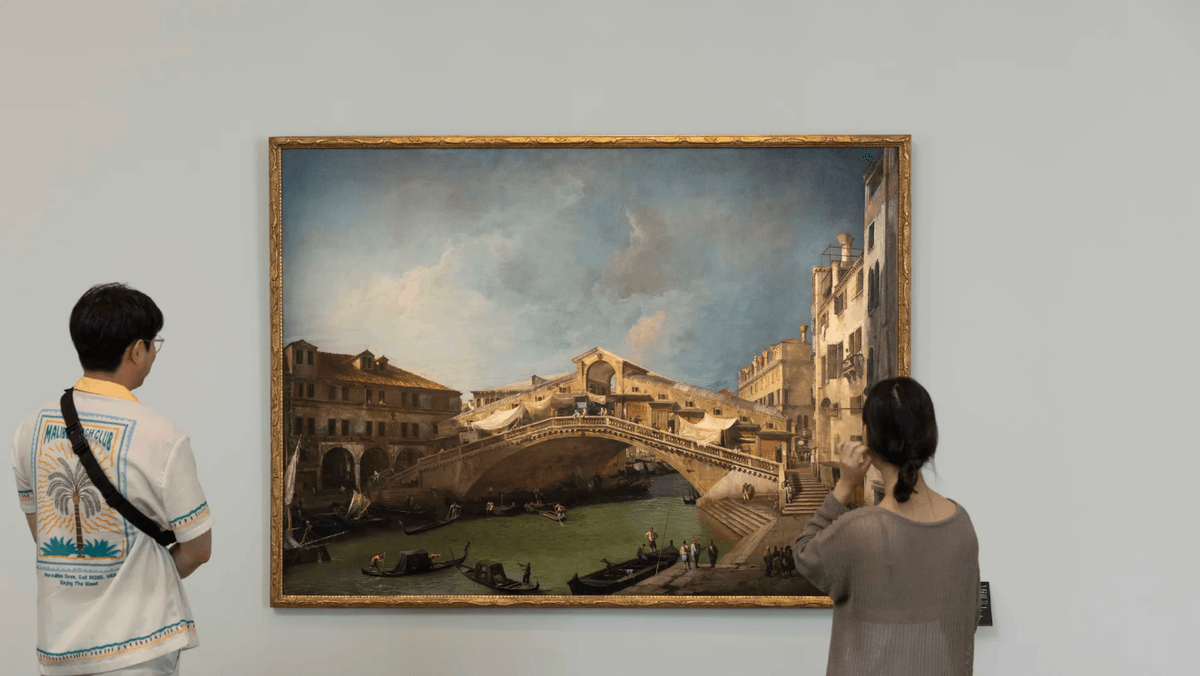
Louvre Abu Dhabi’s 2025–2026 season: Eight artworks and objects you should not miss
Una Bulaqueña (1895)
Among the standout additions is this full-length portrait of a poised Filipina woman from Bulacan, Philippines. Painted during the Spanish colonial era by renowned 19th-century Filipino artist Juan Luna, the work is a national treasure from the collection of the National Museum of the Philippines. It is on exceptional loan to Abu Dhabi until June 2026.
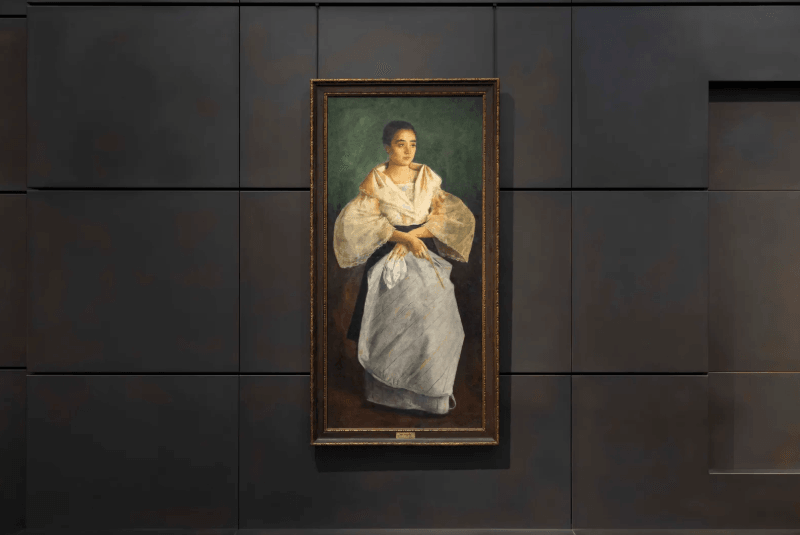
Sarcophagus of Livia Primitiva (c. 250 CE)
From the Musée du Louvre in Paris comes this rectangular marble sarcophagus from the Roman Empire, recognized as one of the earliest examples of Christian funerary art. Discovered in the Basilica of Saint Peter in the Vatican, it commemorates a young woman named Livia Primitiva, who died in her twenties. The piece features Latin inscriptions, wave-like motifs, and a depiction of the Good Shepherd symbolizing Christ.
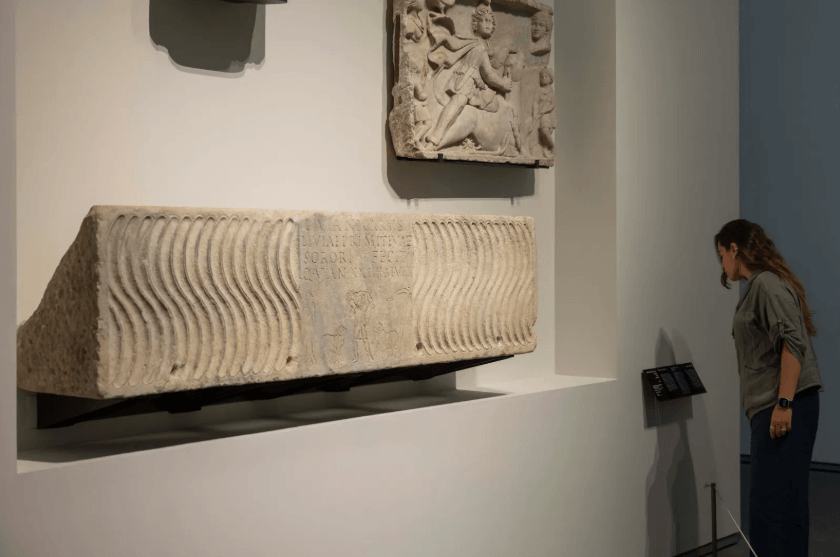
Portrait of the Artist (1800)
This portrait depicts Hortense Haudebourt-Lescot, a professional French artist. In the early 19th century, she studied in Italy and later exhibited regularly at the prestigious Paris Salon. Known for her classical style, she painted portraits of European aristocracy and works inspired by nature and everyday life.
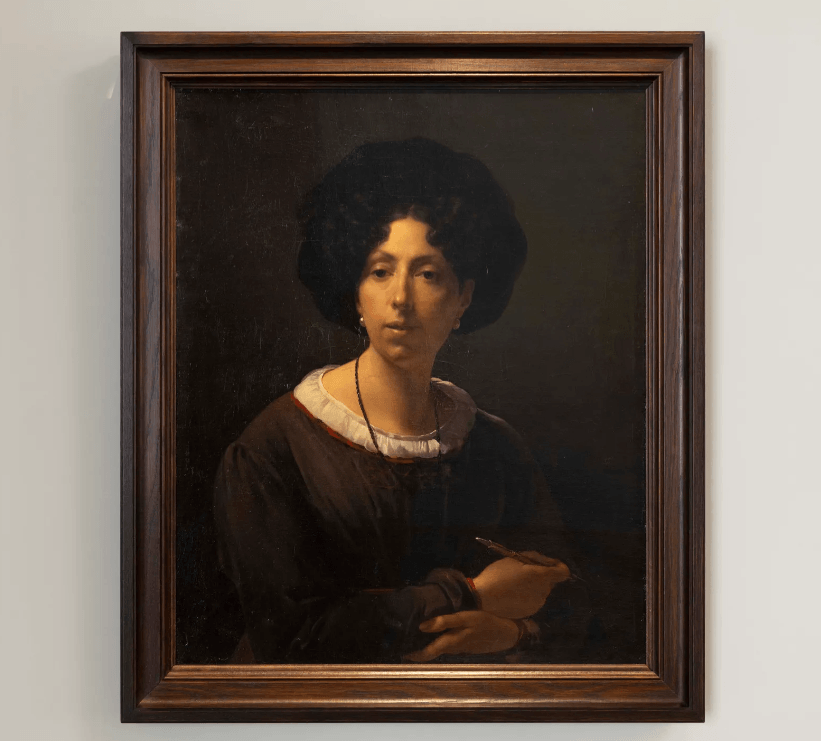
Head of an Ephebe (5th century BCE)
Now part of Louvre Abu Dhabi’s permanent collection, this small limestone bust represents an ephebe, a young man in Ancient Greece undergoing military training or entering adulthood. Wearing a wreath, the figure is notable for his smile, an expressive and rare touch in archaic sculpture.
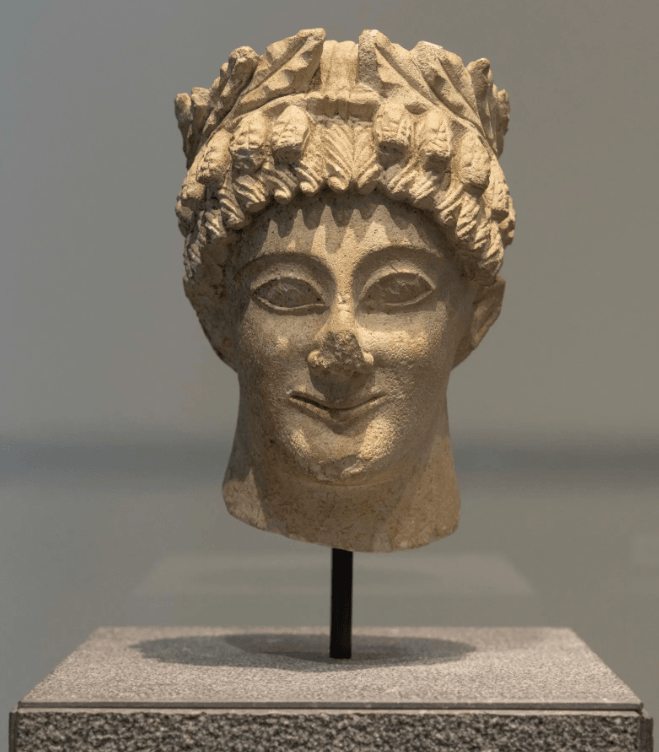
Femme de Venise (1956)
On loan from the Centre Pompidou in Paris, this slender bronze sculpture by Swiss master Alberto Giacometti was showcased at the Venice Biennale in 1956. With its textured, smudged surface, the figure captures fragility and vulnerability, reflecting the post-war human condition and presenting a bold, unconventional approach to depicting the human form.
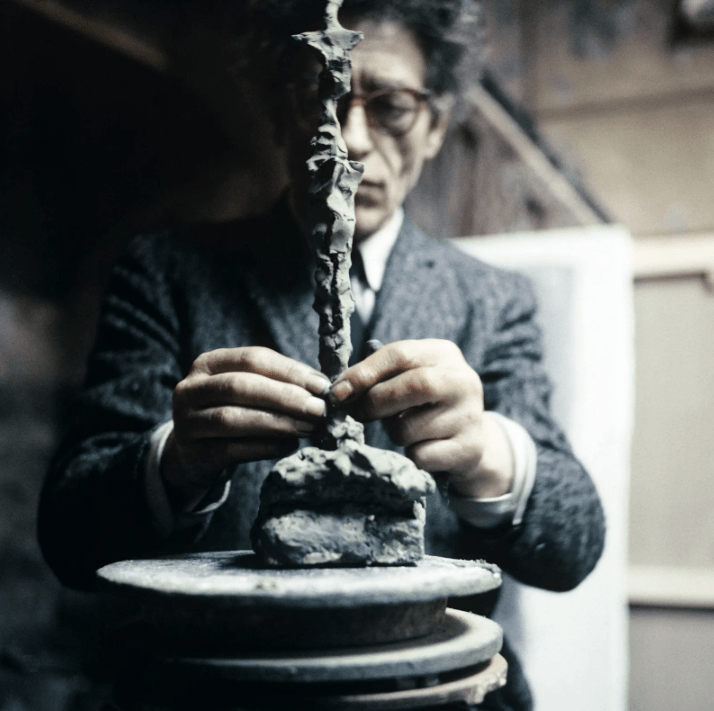
Cameo Possibly Depicting Agrippa Postumus (c. 37–41 CE)
In one of the museum’s dimly lit galleries lies a small yet opulent piece of Roman jewellery. Surrounded by semi-precious stones, the sardonyx cameo is thought to depict Agrippa Postumus, the adopted son of Emperor Augustus. It may also have served as furniture decoration or as a ceremonial gift.
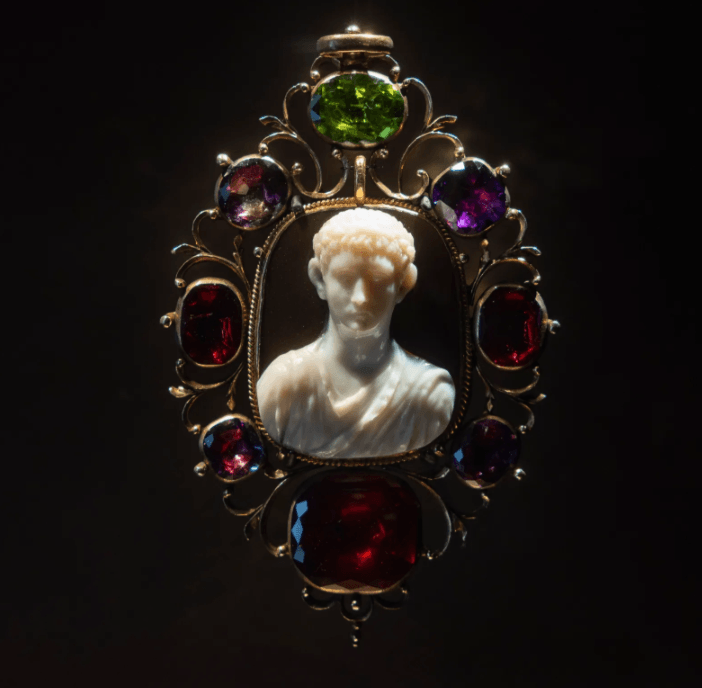
Portrait of Kosa Pan (1686)
Painted by French royal court artist Antoine Benoist, this striking portrait captures Kosa Pan, the first ambassador from Siam (now Thailand) to the French court of Louis XIV. The diplomat is shown wearing elaborate traditional attire that reflects the grandeur of the era’s diplomatic exchanges.
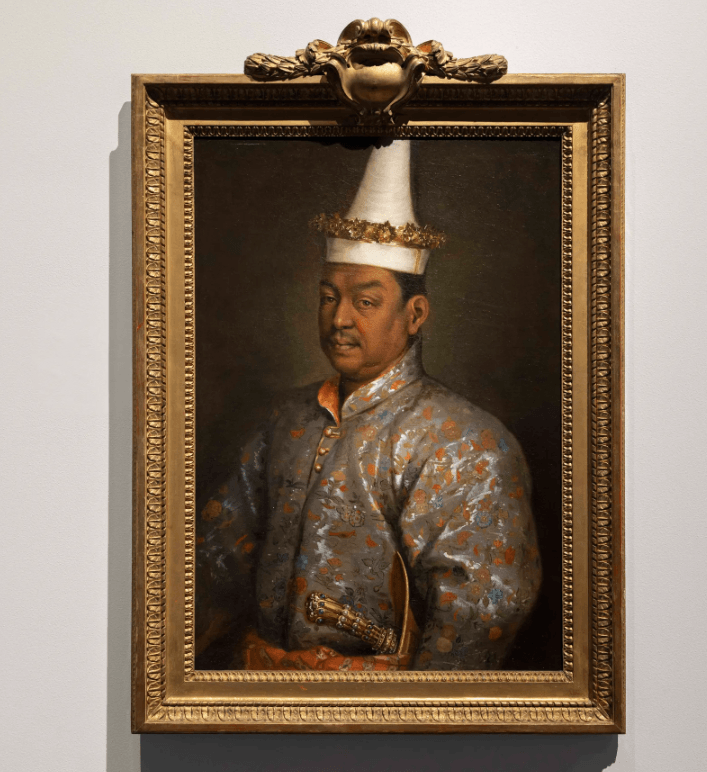
Casket (c. 1543)
Originating from the Kingdom of Kotte in present-day Sri Lanka, a period of flourishing literature and art, this intricately carved casket showcases South Asian courtly artistry at its finest. Adorned with gemstones, its detailed carvings feature floral and animal motifs, making it a small but significant masterpiece.
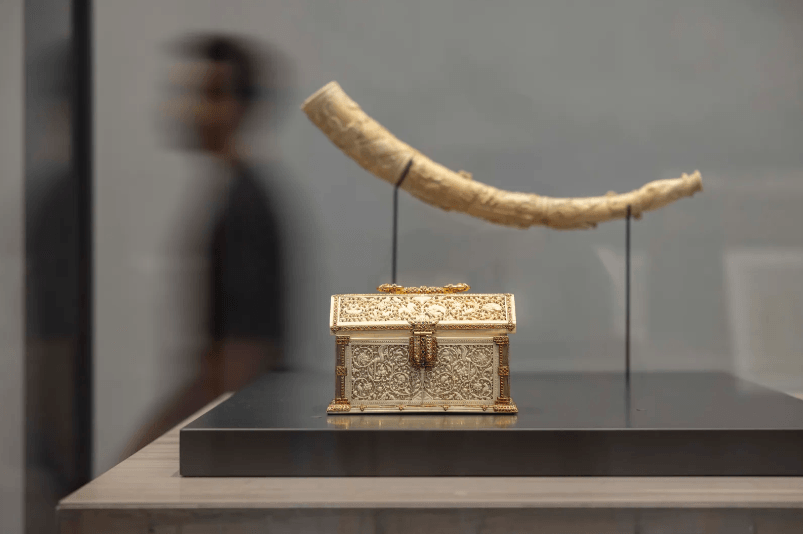
From ancient relics to modern masterpieces, the Louvre Abu Dhabi’s latest rotation is a testament to the museum’s mission of weaving together the diverse threads of human history. Each piece, whether a centuries-old sarcophagus, a delicate cameo, or a post-war bronze figure, offers visitors a unique window into the cultures, values, and emotions of its time. By bringing together treasures from across the globe, the museum not only celebrates artistic excellence but also fosters a deeper understanding of our shared heritage, making this season’s selection an unmissable journey through the art of humanity.
